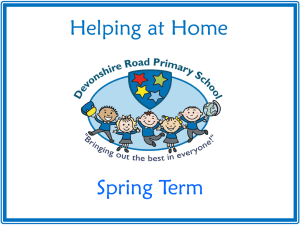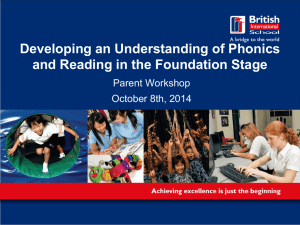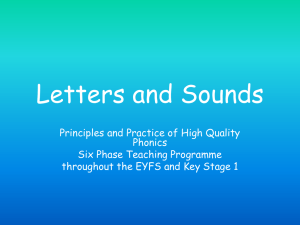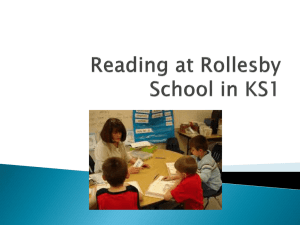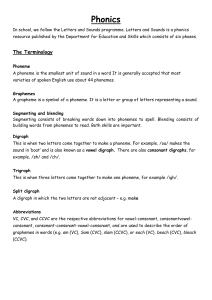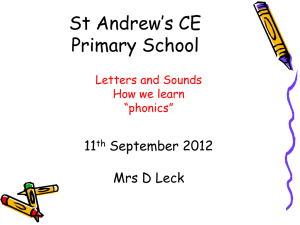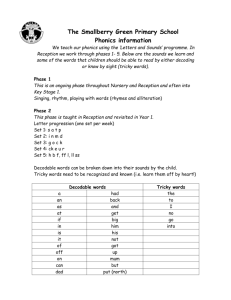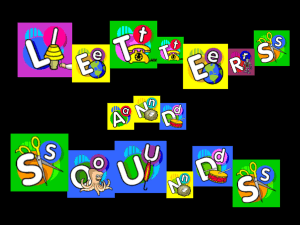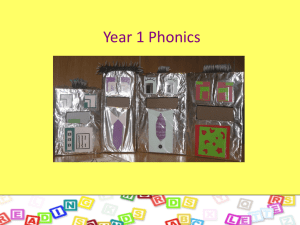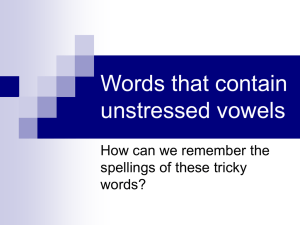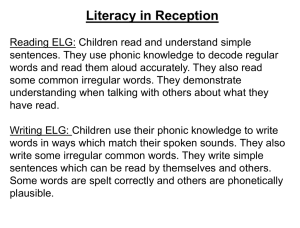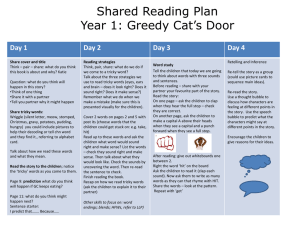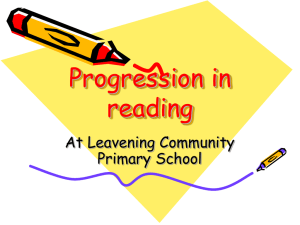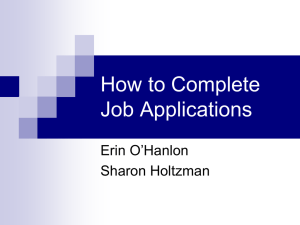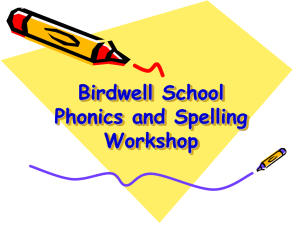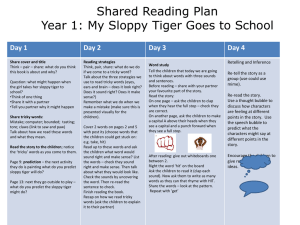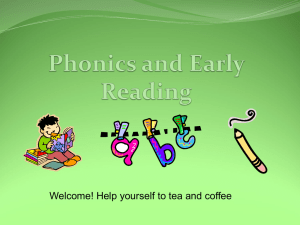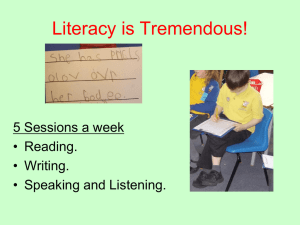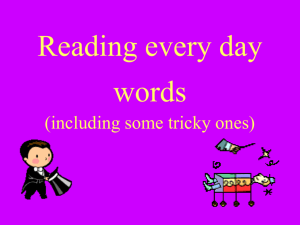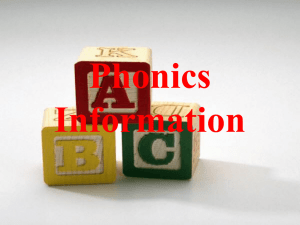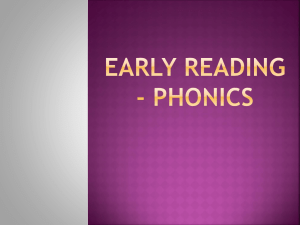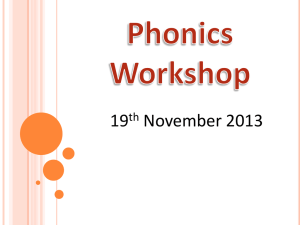Phonics parent workshop Feb 2014
advertisement
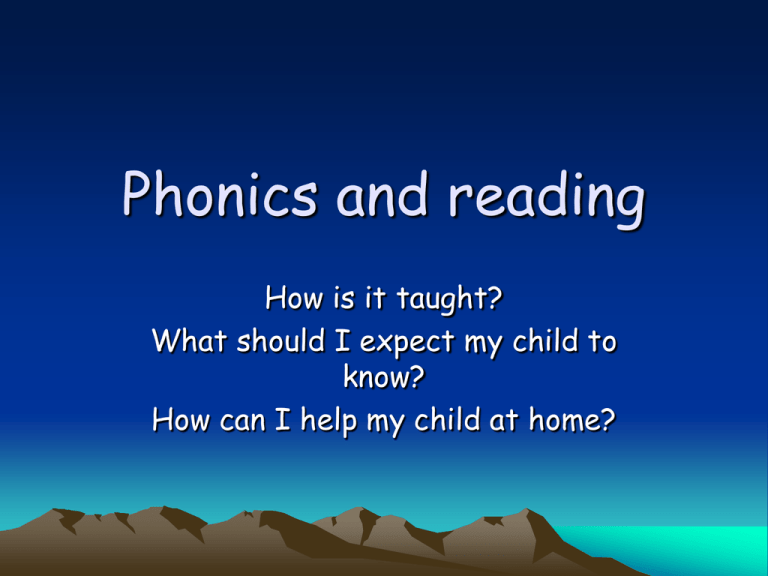
Phonics and reading How is it taught? What should I expect my child to know? How can I help my child at home? Phase 1 • Children are taught to distinguish between the sounds that they hear • They play games to develop their listening skills • They learn rhymes and songs • They play oral blending games Phase 2 • Children are taught the sounds that single letters make • Grapheme- what it looks like • Phoneme- what it sounds like • By the end of phase 2 children can read VC and CVC words • it, an, on, is, at etc. • Cat, tip, pot, dad, hat etc. Phase 2 ‘Tricky words’ • Alongside the ‘sounding out’ words children are taught to recognise some words that they cannot read using phonics • I no go to the Phase 3 • Children are introduced to digraphs and trigraphs • A digraph is a phoneme (sound) made by 2 letters together • A trigraph is a phoneme made by 3 letters together Phase 3 • By the end of phase 3 children can read words containing the graphemes; • ai ee oa oo th sh ch ng or ur er ow oi qu zz ll ss • Igh ure ear air • They can now read a wider range of words such as; night, feet, beard, boat, now, chair etc. Phase 3 ‘Tricky words’ • The tricky words that children are taught to read in phase 3 are; • all, they, she, he, we, me, my, was, you are her • Children are also expected to spell phase 2 tricky words correctly • I no go to the Phase 4 • There are no new graphemes in this phase. • This phase focuses on hearing consonant clusters in words e.g. smart frog just help from • Tricky words in phase 4 are; said have like so do some • little one come when were out there what Phase 5 • Children are taught new graphemes; ay ie oy aw wh ph ew oe au ey • And the split digraphs; i_e e_e o_e u_e a_e • The tricky words are; oh their people Mr Mrs looked called asked could Phase 5 • Also in phase 5 children are taught that the graphemes they have learnt may make different phonemes. • This phase takes A LONG TIME!!! • For example a child in phase 3 can read cow but not blow- in phase 5 they will learn that ‘ow’ can make two different sounds A quick practise! • Use your knowledge of phonics to read the words; • anaphylaxis • agency • water • precipitation • What did you need to know in order to read these words? How do we teach new graphemes? For 20 minutes each day the children across EYFS and KS1 work on the phase they are on in small groups. During each session the children will read and write tricky words, the graphemes they are learning as well as revisit ones they know already We play games too! Games you can play at home Sound buttons Buried treasure Phoneme fingers Flashcards Phoneme frames Log on to www.phonicsplay.co.uk Log on to www.letters-and-sounds.com www.ictgames.com this site has a literacy section where you can find phonics activities Your child can read and write! • A couple of do’s and don’ts • DO • - allow your child time to decode- even if it’s a little frustrating! • - support them by telling them the first sound • - tell them words that they could not be expected to decode, or if they have forgotten the tricky word • - let them finish the sentence- then work out for themselves if what they said made sense • - give lots of praise and encouragement • - repeat the sentence they have read back to them • DON’T • - rush your child or tell them they know this word! Questions?
